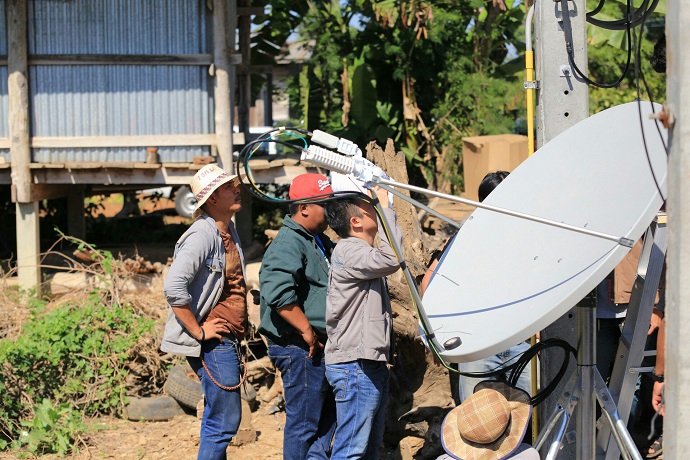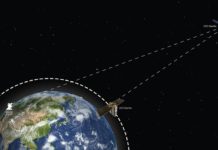
Thai startup mu Space, which aspires to provide satellite services to rural areas in Thailand, announced it has selected SES Networks as its partner in an agreement which will include the use of Hughes’ JUPITER™ VSAT system.
Under the agreement, mu Space will contract capacity on SES-8, a communications satellite launched in 2013 and which currently serves South Asia and Indochina, and SES-12, slated to launch in mid-2018.
Currently, in Thailand, only 12% or about 8.3 million of the country’s 69 million population currently has access to broadband.
“At mu Space, our mission is to deliver nationwide and reliable connectivity to everyone in Thailand in order to improve the quality of life of the local people. As such, we have been searching for the ideal partners to ensure that we can deliver reliable broadband services at the right price point. Together with the global experience of SES Networks and Hughes, we are confident of the high service quality that we will jointly deliver in Thailand,” said James Yenbamroong, founder and CEO at mu Space.
“In rural and underserved areas, satellite is the best solution for broadband access as it’s much more affordable and faster to deploy compared to land-based internet infrastructure,” said Imran Malik, Vice President, Fixed Data, Asia-Pacific at SES Networks.
“In ex-urban and rural communities, terrestrial networks are difficult to roll out and costly, contrasted by the new generation of satellites and access technologies which bring affordable access to people anywhere cross continent-wide coverage areas,” said Ramesh Ramaswamy, Senior Vice President and General Manager, International at Hughes. “We are excited that SES Networks has chosen our JUPITER System and look forward to working with them and mu Space to deliver on their mission of bringing broadband to everyone in Thailand.”
The news comes shortly after SES launched four new O3b Medium Earth Orbit (MEO) satellites, joining SES’s existing constellation of 12 MEO satellites. According to SES, the expanded O3b constellation will cater to the growth of bandwidth consumption in Asia-Pacific, where the number of 4G subscribers is expected to double by 2020.






